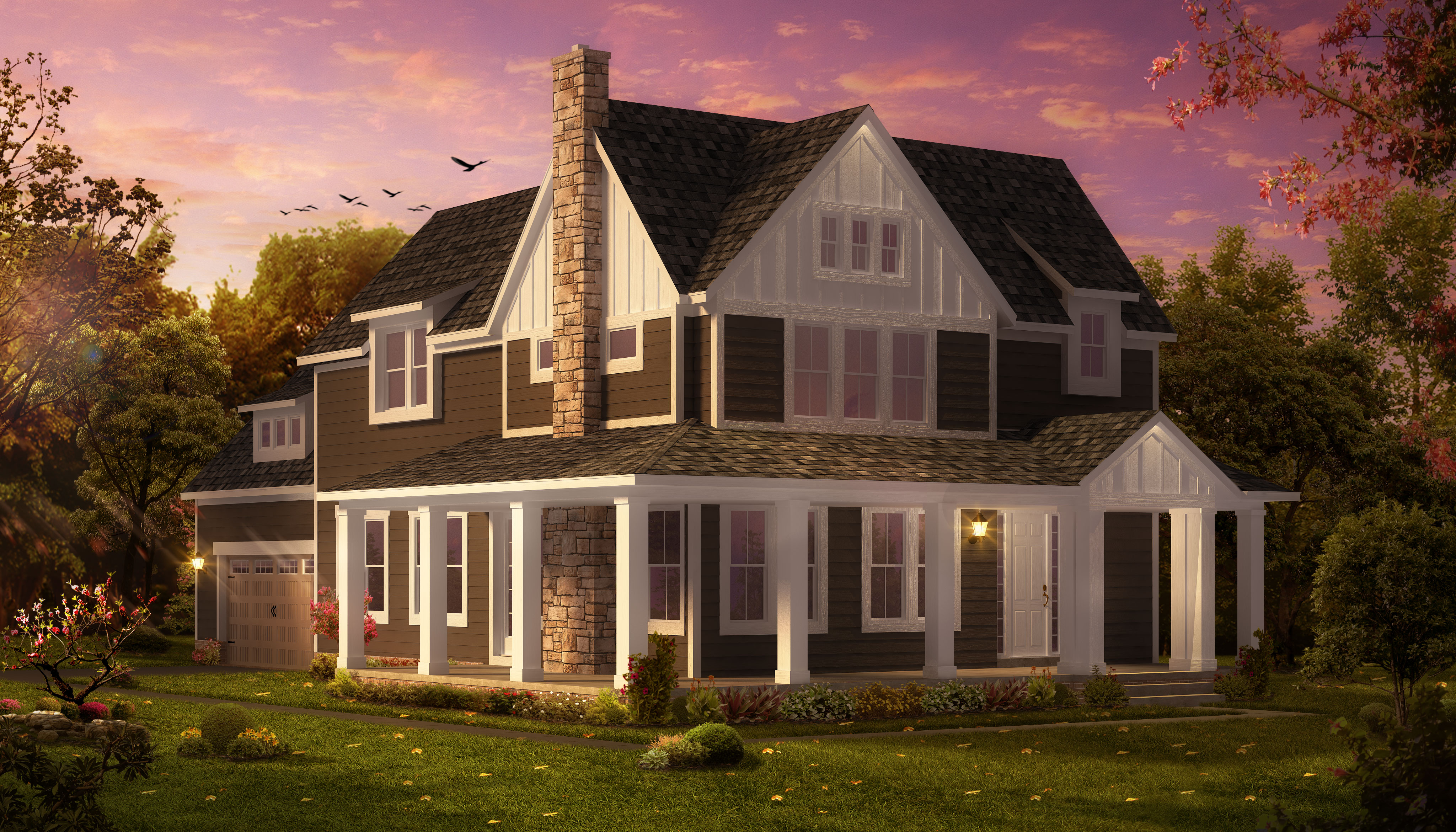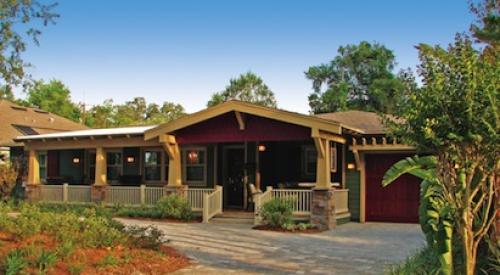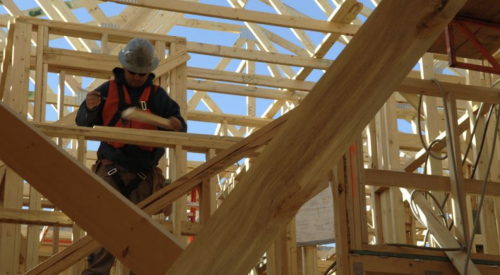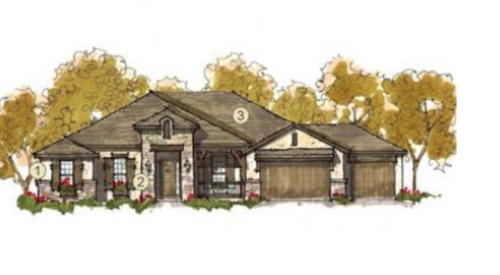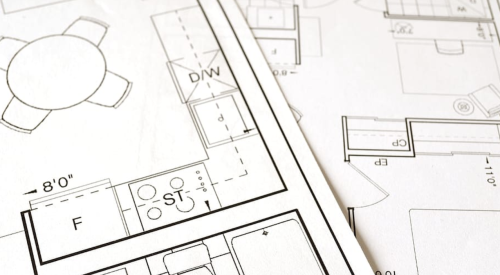In my travels working with builders all over the country, I have the opportunity to see a lot of home designs. I see good, bad, fair, and occasionally great plans and elevations. I am able to walk a lot of models each year and see in the flesh what is working and what is not. I have come to realize that there are three major distinctions between good and great design.
1. Good Design will make you feel comfortable. When you walk into a well-designed home there is a feeling of place. The spaces are proportionate and well thought-out. The circulation makes sense, and the auxiliary spaces are well placed. Great Design will “wow” you from the minute you walk in the door. The plan leads you to vistas and long views with focal points as you move through the home. Not only are the circulation patterns and spaces well planned, but they also create surprises for you as you circulate the home.
2. Good Design has nice curb appeal. The massing is proportionate with the fenestration. The elements are architecturally correct and in concert with one another; the shutters look like they actually could close over the windows, and materials are appropriate. Great Design is a show stopper. When prospects drive by the house they will be tempted to “slam on the brakes”. Like Frosty’s top hat, great design has a bit of magic in it. Much more than being architecturally correct or “nice”, the home will have an immediate emotional draw that pulls at the heart strings of prospective customers.
3. Good Design takes into consideration construction costs and techniques. Great Design utilizes Lean design techniques to focus on the elimination of waste driving costs down and increasing builder margin. Creating details that are easy to construct and repeatable, and eliminating of waste in floor joists and mechanical systems. A good design can never be a great design if it is not affordable to the market it serves.
It is never too costly or time consuming to produce a great design over a good design. A great design will increase profits, be easier to build, and create more sales. The time and money spent upstream creating such a design is nothing compared to the vast benefits it will ultimately bestow the company that holds the magic of a superior plan.
PB Topical Ref
